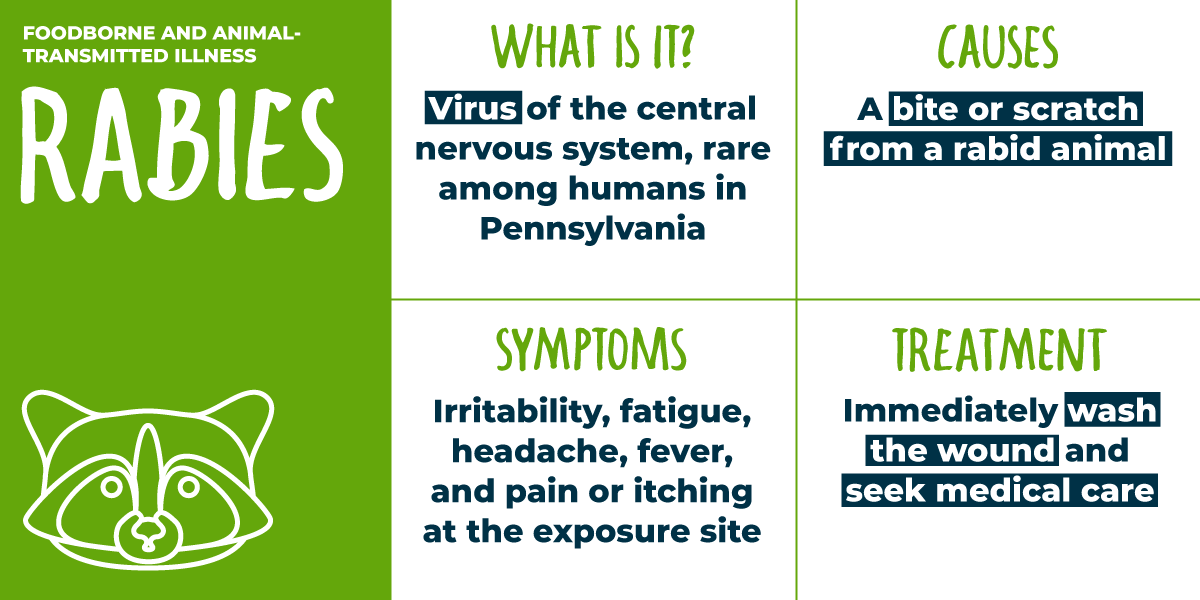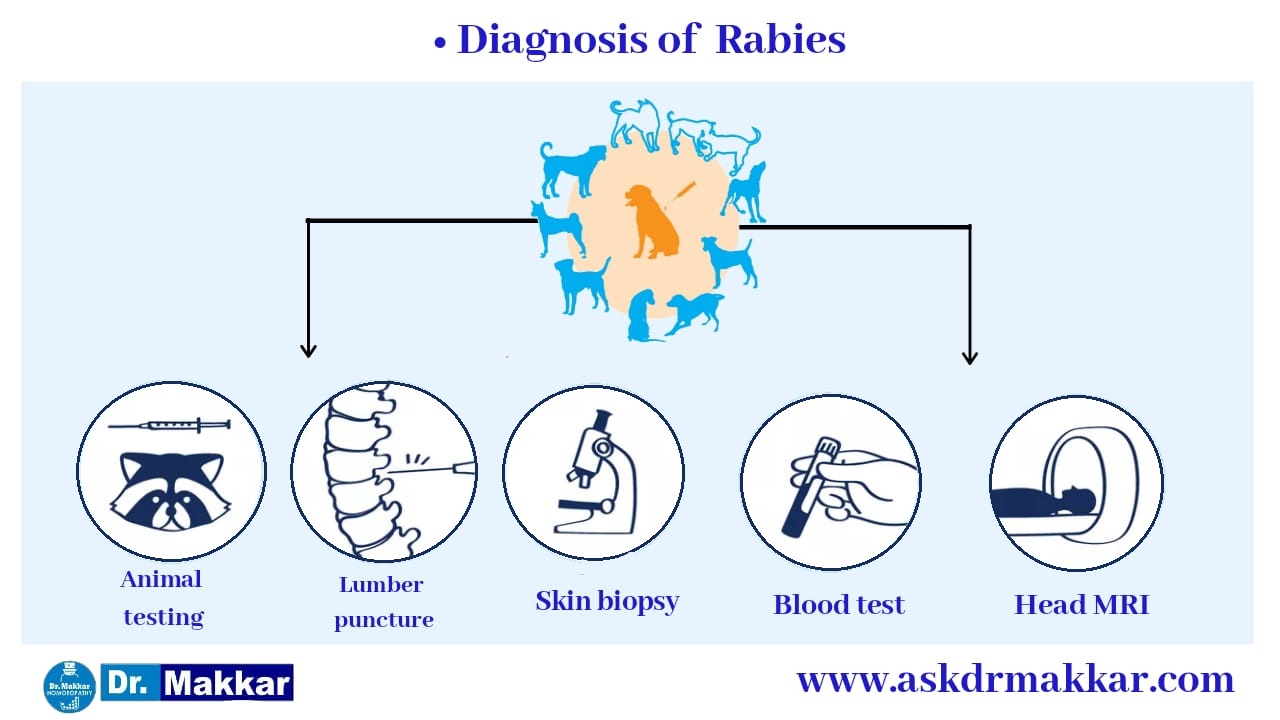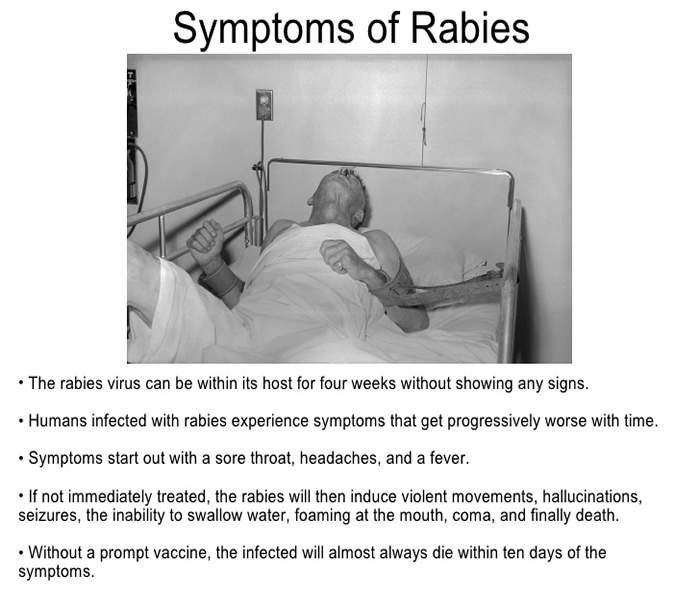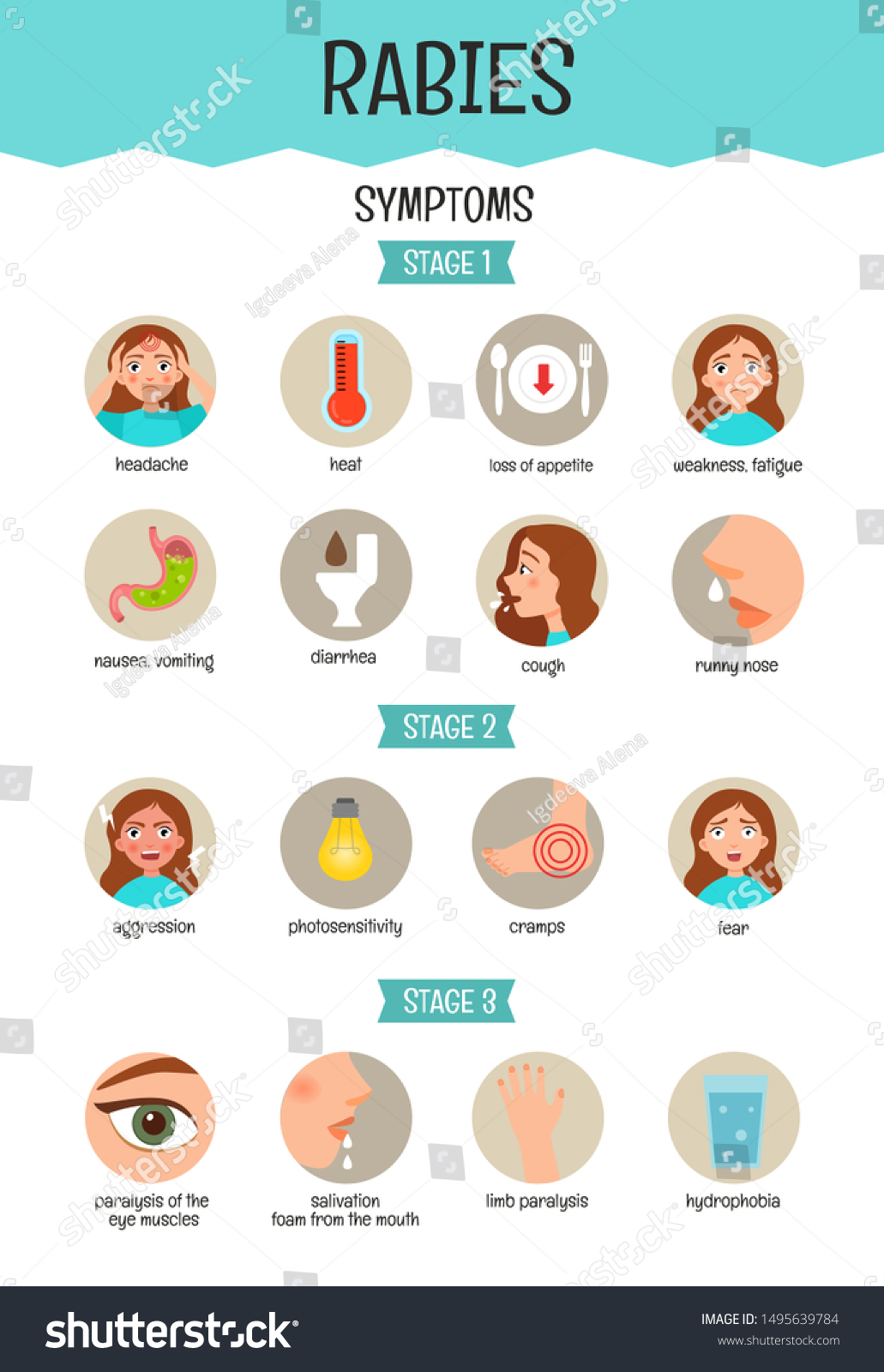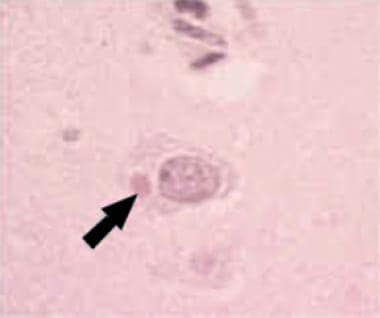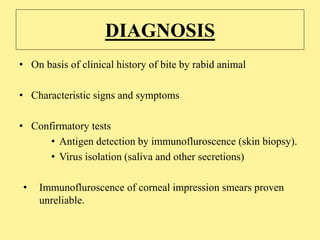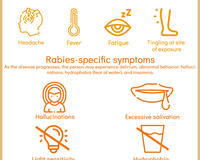Fun Info About How To Diagnose Rabies
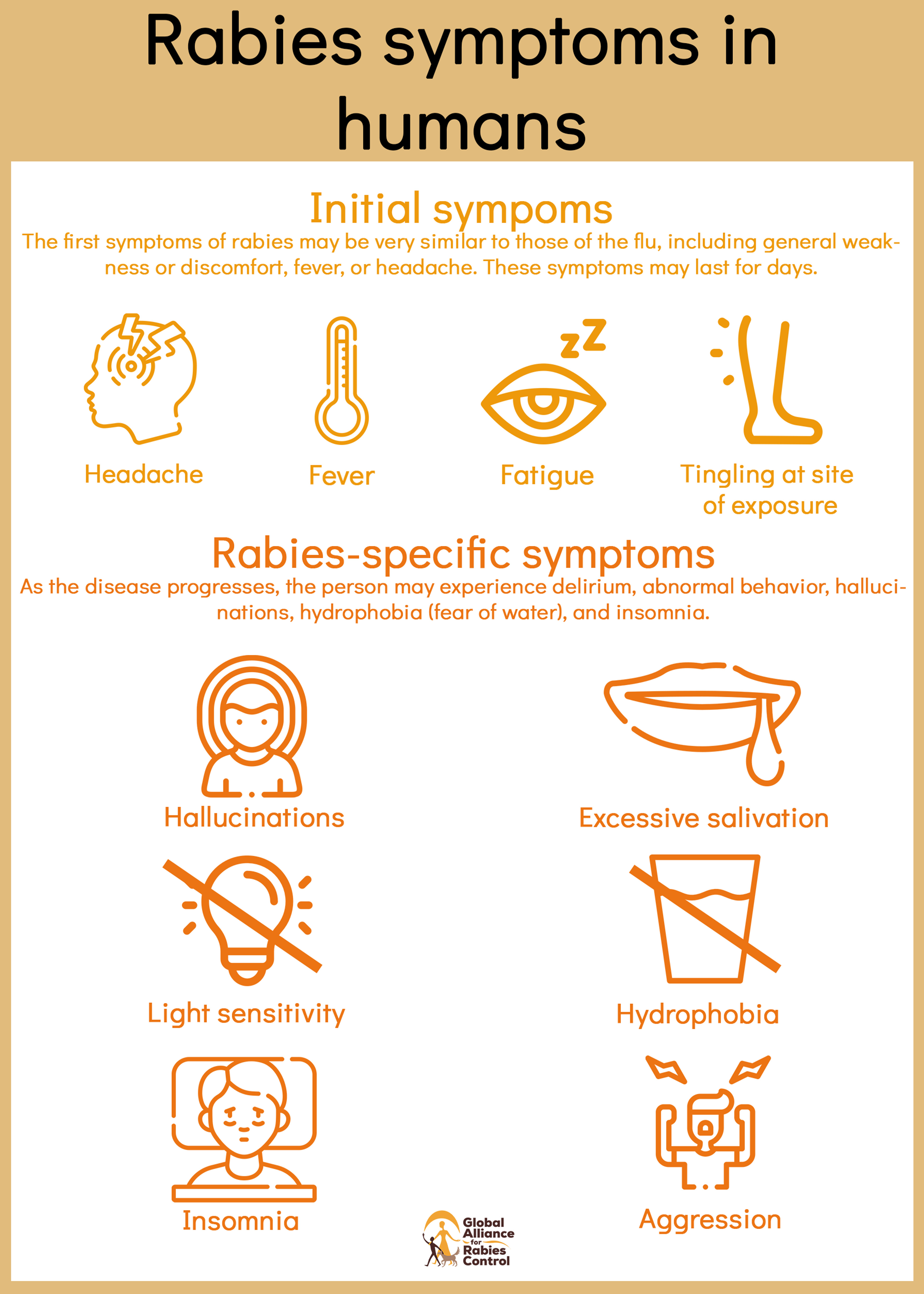
Later signs and symptoms may include:
How to diagnose rabies. A skin biopsy is another laboratory test sometimes used to diagnose rabies. Rabies can be difficult to diagnose because, in the early stages, it is easily confused with other diseases or even with a simple aggressive temperament. This test requires brain tissue from animals suspected of being rabid and can.
Looking at a person's body to check for normal findings and any changes that may indicate a diagnosis. The location of the exposure site (how far away it is from the brain), the type of rabies virus, and, any existing immunity. Your skin sample will be sent to a lab to look for signs of rabies.
A diagnosis of rabies can be made after detection of rabies virus from any part of the affected brain, but in order to rule out rabies, the test must include. Cerebrospinal fluid test (lumbar puncture). It has high fatality rates—once symptoms become noticeable, there.
The first symptoms of rabies may be similar to the flu,. Samples of serum, cerebral spinal fluid, saliva, and skin are necessary. Your provider will use a needle to take a cerebrospinal fluid (csf) from your lower.
Detection of the virus or some of its specific components using who and oie recommended standard laboratory tests is therefore, the only way to undertake a reliable diagnosis of rabies. After numbing the area with a local anesthetic, your healthcare provider will. The direct fluorescent antibody test (dfa) is the test most frequently used to diagnose rabies.
Laboratory confirmation of human rabies cases criteria for confirmation: , • presence of viral antigens shown , • isolation of live virus in cell culture or laboratory mice , • presence of. No single test is sufficient.
:max_bytes(150000):strip_icc()/rabies-diagnosis-5aec97c6c5542e0036b8c228.png)
:max_bytes(150000):strip_icc()/rabies_symptoms_IL-5aec9701c0647100365d492f.png)



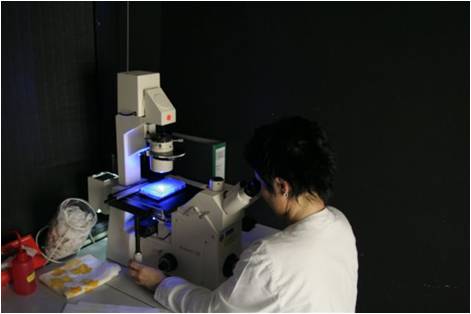
/rabies-overview-4156466_final-8c26e268da134ff1b2c08160d68f42c4.png)
